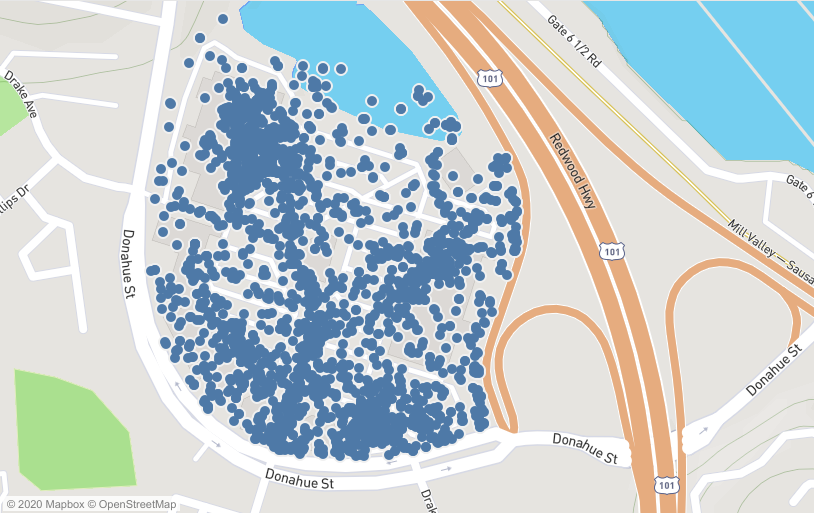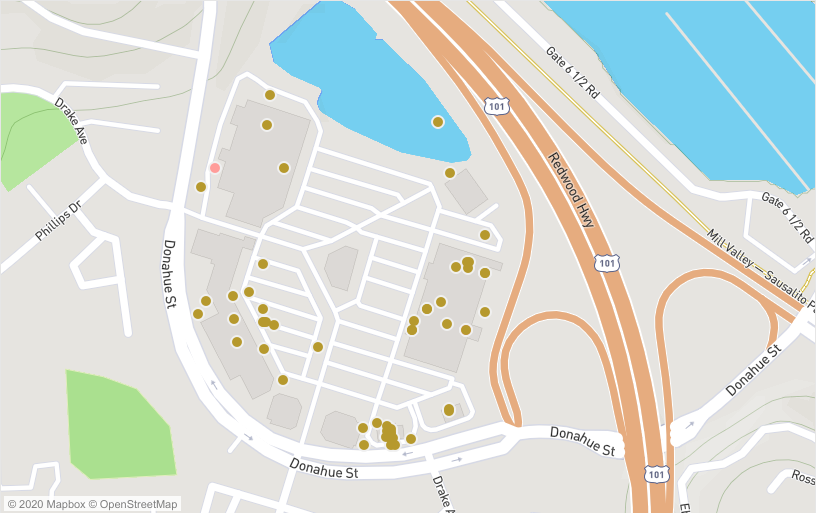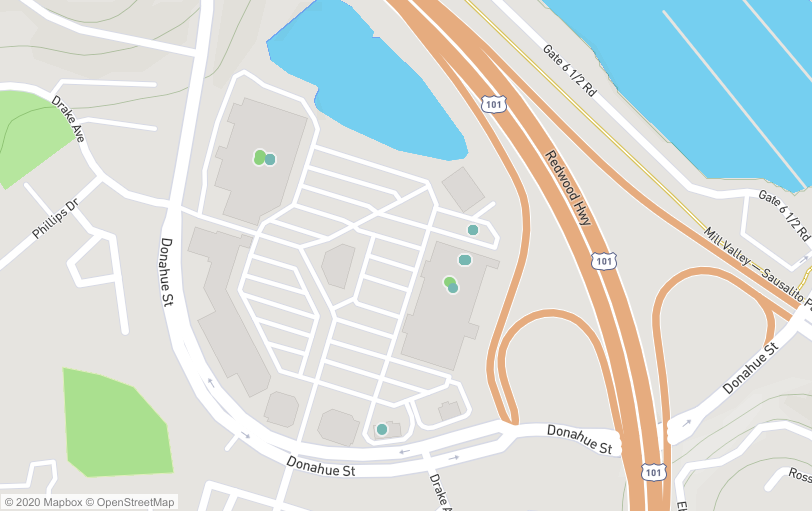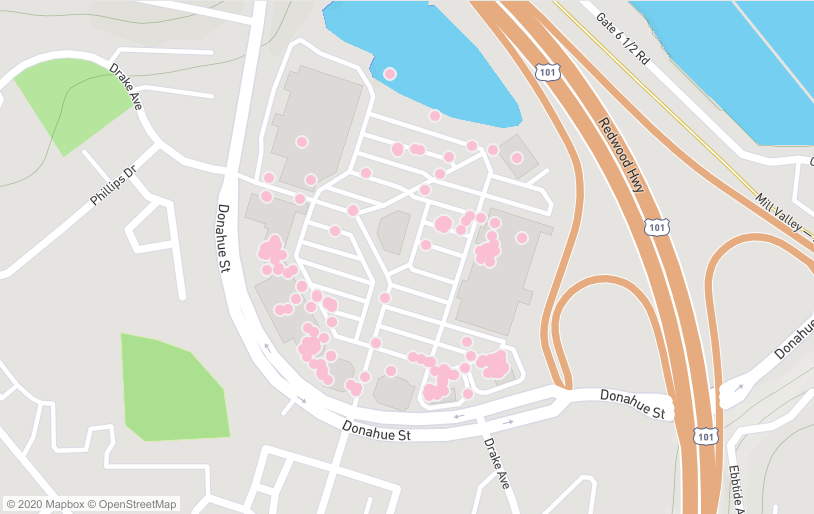Is your Location Data Provider being Transparent with You?
February 5, 2020

When customers receive location data from their provider, they immediately assume that the data only contains accurate location signals. This is not always a correct assumption. Location data often contains problematic signals. If you include problematic location signals in your analysis, then this can skew the results of your analysis. It is good to be aware of how problematic signals occur and to know how to identify them. What can cause inaccurate location signals? Mobile ad fraud, simple errors, and the methods used to collect location data all impact data quality. Gravy is transparent as we flag all location signals with information about their origin. This allows our customers to be able to immediately identify which location signals should be used in their analysis.
To illustrate how inaccurate mobile location signals can impact data analysis, let’s take a look at a case study.

Case Study: Foot Traffic at a Shopping Center
A shopping center is surrounded by an access road next to a major highway. Let’s say that their property management company wants to learn more about foot traffic around the shopping center. To do so, management looked at location signals for the shopping center observed between September 2018 and August 2019.
If the property management pulls the foot traffic data without taking into consideration what the signals are, then they will skew the results of their analysis.
Table 1 shows the total data pulled without using Gravy’s quality indicators while Table 2 shows the total data pulled with the indicators. As you can see, there is a significant difference in the amount of data available. Table 1 contains spoofed and inaccurate location signals which increase the number of devices and signals. Table 2 contains only verified location data which is better for foot traffic analysis.
Table 1
| Total Number of Devices | Number of Signals |
|---|---|
| 16,959 | 628,449 |
Table 2
| Total Number of Devices | Number of Signals |
|---|---|
| 14,707 | 530,350 |
The difference in the data is clear. Only 84% of location signals and 87% of mobile devices are usable.
So, what are the causes of problematic signals and devices?
Many factors can influence the accuracy of location data including data collection methods and fraud. Collection methods can include GPS, cell tower triangulation, and IP address. Fraud occurs when fraudsters mimic real mobile devices and device activity. Signals and devices can also exhibit movement patterns that make them suspicious or otherwise unsuitable for use in the analysis.
Let’s look more closely at the shopping center data to determine what is causing these problematic location signals.
The causes are as follows:
- Driving
- Cell-tower derived
- IP address derived
- Too many devices in one location
- Over-capacity devices
Driving
Gravy flags signals which show that a device is moving. In this case, 33% of the devices within the mall are moving at a speed consistent with a driving vehicle. The property management company wouldn’t want to count passengers in moving vehicles as visitors to the shopping mall because they are measuring foot traffic only.

Cell-Towered Derived
If a mobile phone cannot obtain a GPS signal due to battery life or for another reason, the cell phone may resort to calling a nearby cell tower. This is referred to as cell tower triangulation. 1.53% of the signals observed at this shopping center are considered to be cell-tower derived. These signals aren’t accurate enough to use in foot traffic analysis because these devices may be in the vicinity but not in the shopping mall.

IP Address Derived
0.25% of the signals detected at the shopping center are shown as being IP address-derived. Similar to cell tower-derived signals, IP address-derived signals are not accurate enough to use in foot traffic analysis. The devices producing these signals may be in the vicinity, but may or may not be inside of the mall.

Too Many Devices
At times, there can be too many devices in one location. Too many devices in a single location can indicate spoofed devices. At the shopping center, 3.75% of devices are flagged as possibly being spoofed.

Over-Capacity Devices
In this case study, 0.09% of the devices are considered to be over-capacity devices. This means that these devices have an unusually large number of location signals over a period of time. There are many different reasons for over-capacity devices: the devices could be spoofed or they might be IOT devices that are not indicative of human movement. In any case, signals from over-capacity devices should not be included in foot traffic analysis.At times, there can be too many devices in one location. Too many devices in a single location can indicate spoofed devices. At the shopping center, 3.75% of devices are flagged as possibly being spoofed.

The Importance of Data Quality
Our case study illustrates how low quality and fraudulent location signals can increase the total number of available signals and devices and skew your analysis. Had the property management company used all available location signals in their analysis, they would have wrongly concluded that mall foot traffic was increasing. Using only verified location signals, the property management company instead found that foot traffic was decreasing.
When you are looking for a location intelligence company, it is important to ask questions about the quality of their location data and how it is delivered. If location data is not delivered with information about signal origin and other characteristics, then this could affect your company’s business decisions and the bottom line. While some data providers may have a large number of location signals, this doesn’t mean that those signals are of the highest quality. With the recent increase in mobile location fraud, it is more important than ever to ensure that you are receiving high-quality data with transparency.
At Gravy, we value quality over quantity. Gravy’s AdmitOne engine with Location Data Forensics runs checks on every location signal. We flag fraudulent, suspicious, and inaccurate location signals so that you can determine which ones to exclude or include in your analysis.




